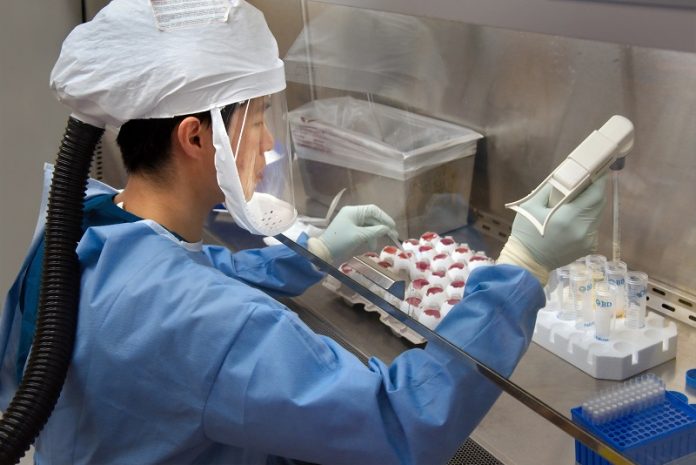
Amyotrophic lateral sclerosis (ALS) is a devastating disease that affects thousands of people each year, gradually taking away their ability to speak, move, eat, and breathe.
Unfortunately, there is no cure for ALS, and only a few drugs are available to slow down its progression.
However, researchers at CU Boulder have made a remarkable discovery.
They have identified an ancient, virus-like protein called PEG10, which is typically known for its role in placental development.
Surprisingly, this protein seems to play a part in ALS and may offer new possibilities for treatment. Let’s delve into the details.
The Link between PEG10 and ALS: A recent study led by Alexandra Whiteley, an assistant professor at CU Boulder, has revealed that high levels of the PEG10 protein in nerve tissue contribute to ALS.
PEG10, also known as Paternally Expressed Gene 10, is an ancient protein derived from virus-like DNA fragments that infected our primate ancestors millions of years ago.
Its primary role was to aid in the development of placentas, a critical step in human evolution. However, when present in excessive amounts in the wrong places, PEG10 can lead to diseases like ALS.
Understanding the Role of PEG10: Dr. Whiteley’s research is the first to establish a connection between PEG10 and ALS. By analyzing spinal cord tissue from ALS patients, her team found that PEG10 levels were significantly elevated.
This abundance of PEG10 protein interferes with the communication between brain and nerve cells, leading to the progression of ALS. In fact, the accumulation of PEG10 has become a distinguishing characteristic of the disease.
Unraveling the Mechanisms and Searching for Treatments: While it is still early in the research process, Dr. Whiteley and her team are determined to unravel the molecular pathways involved in PEG10’s detrimental effects.
With funding from organizations like the ALS Association and the National Institutes of Health, they are working towards finding a way to inhibit this rogue protein. The hope is that by targeting PEG10, a new class of potential therapeutics may emerge, addressing the root cause of ALS.
The Significance of the Discovery: This groundbreaking research not only sheds light on ALS but also reveals the intriguing impact of ancient viruses on human health. Approximately half of the human genome consists of DNA remnants left behind by viruses and similar virus-like elements.
Some of these elements have become “domesticated” over time and have played important roles in shaping human evolution. However, in the case of PEG10, this domesticated virus-like protein appears to resurface and contribute to neurodegenerative diseases like ALS.
Implications for the Future: Dr. Whiteley’s findings not only provide hope for developing new ALS treatments but also offer insights into other diseases that involve the accumulation of proteins.
Additionally, this research helps us better understand the intricate relationship between ancient viruses and human health.
In the case of PEG10, the protein’s positive role in placental development turns negative when it comes to neural tissue. This discovery could open doors to novel therapeutic strategies and further our understanding of various diseases.
In conclusion, the identification of the PEG10 protein as a player in ALS marks an important breakthrough in our understanding of this devastating disease.
Dr. Whiteley’s research brings us closer to finding potential treatments for ALS and provides valuable insights into the impact of ancient viruses on our health.
With further exploration, the future holds promising possibilities for combating ALS and unraveling the mysteries of human evolution.



